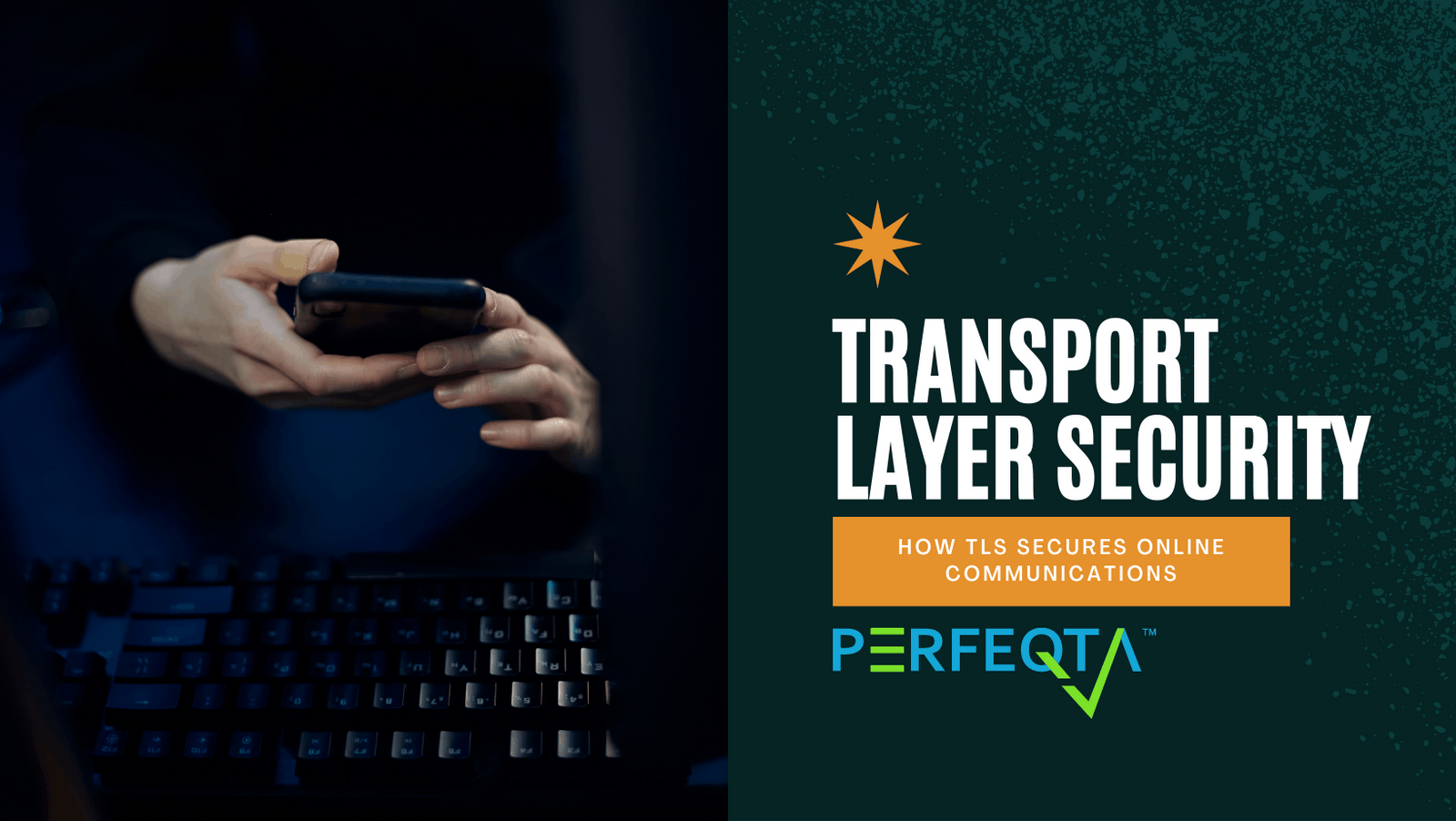How TLS Secures Online Communications


Imagine this. It’s Monday morning and you’re in a meeting when the Chief Technology Officer bursts into the conference room, wide-eyed and flustered. Examining logs, he’s found worrisome signs that hackers have compromised company communications. Employee passwords, customer credit card numbers, and other sensitive bits of data may have been exposed. The time to act was yesterday, he explains, but your company needs to mitigate the damage now before it spreads.
The Future of Security
Even if your Monday starts off on better footing, leaders can’t ignore the immense risks posed by cyberattacks…
As people rely more on smart devices and organizations use the Internet to connect stakeholders around the world, cyber-attacks are on the rise. In an era increasingly defined by e-commerce, remote work, and globalization, safe and secure communication is vital.
Fortunately, with sound cybersecurity best practices, such as using Transport Layer Security (TLS), your company may reduce the risk of data breaches and cyberattacks.
The costs and risks can’t be overlooked. The Ponemon Institute reports that a single data breach costs nearly $4.25 million on average while the World Economic Forum projects that the total costs associated with cybercrime will top $2 trillion in 2021 alone.
Fortunately, using Transport Layer Security to secure communications may reduce the risks of data breaches and other cybersecurity threats.
Transportation Layer Security Explained: How it Works and Why It’s Important
TLS encrypts information traveling from one point to another. If you’re in New York and send an email to a colleague in Tokyo, your email provider can use TLS to encrypt your message as it crisscrosses the globe. With TLS, even if hackers intercept a transmission, they likely won’t be able to decrypt the data.
So how does Transport Layer Security work? You can break TLS into three major components:
TLS Authentication
Interlopers may try to spoof IDs to steal information and data. However, with TLS, parties verify one another using secure certificates.
TLS Encryption
Arguably the central component of TLS, encryption obfuscates the data, meaning even if a hacker intercepts a message, they won’t be able to read it.
TLS Integrity
Rather than stealing information, some hackers may corrupt or modify data as it’s being transferred. Fortunately, TLS protocols ensure that data hasn’t been tampered with.
The process of sending, receiving, and verifying data is often referred to as a TLS handshake. Let’s look at how TLS handshakes work.
Here’s How a TLS Handshake Works
During the TLS handshake, the two communicating parties will acknowledge and verify one another, then set the encryption algorithms and the session keys to decrypt the data.
Your computer will first communicate with the server, sending a “ClientHello” message. The server responds with a “ServerHello” and will then send an SSL certificate issued by a Certificate Authority (CA) proving their identification. More or less, this is the digital version of presenting a license or passport.
The server and your computer will also agree on specific encryption methods and will establish a session key. Just like the locks found on your front door, only parties with the key will be able to unlock, AKA decrypt, transferred data.
Since only the communicating parties can decrypt the data, the risks of someone intercepting and misusing transmitted data are minimized. Taken together, the TLS handshake provides robust protection from cybersecurity threats.
In Summary: TLS Reduces Cybersecurity Risks
Fortunately, Transport Layer Security is now standard practice for many websites and software solutions. While browsing on the web, for example, you may notice HTTPS in front of a domain name. This signifies that the website uses TLS. In some rare cases, TLS protocols have been broken by cybersecurity attacks. Still, the TLS procedure remains one of the safest methods for transmitting data online.
How PERFEQTA Secures Your Data
Not only does PERFEQTA encrypt your data with transport layer security connections, but we also provide the following security features:
- User Access Controls & Verification Procedures.
- Custom Contingency Plans.
- 24/7 Monitoring Year Round.
- Robust Compliance Monitoring.
- Login and Password Management Features Compliant with PCI DSS.
- Customizable Security Roles.
- Scheduled Security Checks During Bug-Fixes, Updates, and Upgrades.
- Network Intrusion Detection System (IDS).
- Strong Regulatory Compliance.
- Network Layer Firewalls.
- Continuous Training on Operational Practices.
The above features are just a few of the features that make our security features of our PERFEQTA cloud the first of its class.
Our software has been created through the culmination of Productive Technologies & Sigma Blood Systems. Because of this we don’t just keep your information safe but our software keeps you in compliance with:
Have questions about how we can help you protect your work and keep you in compliance? Contact PERFEQTA to schedule a demo today and or to get a free quote. Our services are transparent, fast, flexible, and our staff are here to help.






